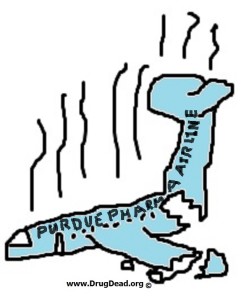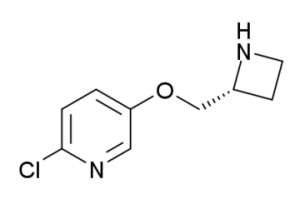If Boeing, the important designer and builder of aircraft, marketed an unsafe plane, there would be enormous consequences. If one of those planes crashed every week killing 300-500 people at a time, the Federal Aeronautics Administration would immediately ground all of those planes; pilots would refuse to fly that plane.

So then what’s going on with opioid pain medicines? If PurduePharma, the manufacturer of Oxycontin, built dangerous airplanes, they would have been put out of business long ago! Instead they’re still in business selling an unsafe product. And why do doctors continue to prescribe this stuff? Isn’t the basic rule of doctors “Primum non nocere” (First, do no harm!)?
Why hasn’t Purdue Pharma been required to develop a safe pain medication? After all, they have made a fortune on Oxycontin. Certainly they have the funds to pay their scientists to research safe, non-addicting pain medicines. How has Purdue Pharma been able to stay in business?
Well one reason is that Purdue Pharma has been able , through its enormous financial clout, to deflect significant scrutiny by governmental drug and health agencies. Purdue Pharma and other pharmaceutical companies involved in the production and sales of opiate-based pain medications continues to sell their defective products, and have not been mandated to develop effective, non-addicting medicines for serious pain. Opiate pain medications must be phased out.
Deadly and Damaging
The death statistics for “pain medicines” are only surpassed by—– tobacco-caused deaths.
(But tobacco is not the point of this discussion, besides, tobacco-related illness pays the ‘overhead’ costs of the U.S. medical system. And tobacco mainly kills grandparents while opioids mostly kill grandchildren.)
Opioid pain medicines are a defective product. Every time they are prescribed the prescriber and patient are taking a gamble. And the level of risk is unacceptable.
Researchers have identified unique, specific, and predictable structural changes that occur in the brain of addicts. Opioid pain medications, in effect, cause brain damage. This damage occurs in the areas of the brain that control emotional, social, and survival instincts. The areas of the brain that are fundamental to living as a normal, feeling, thinking, and relating human being are damaged. The drug becomes the primary motive, goal, and relationship for the addict. The addict will do all that is possible to maintain that relationship.
Addicts understand this altered hierarchy of needs. Those of us who do not suffer from an addiction simply cannot understand this.
The Solution

The main intervention required is to phase out the use of opioid pain medicines. There are other classes of pain medicines. Please read our page about Tebanicline.
There is no ‘cure’ yet for addiction. The human brain is however remarkably ‘plastic’ and can compensate, over time, for the damage done by addicting substances. The duration of this process of “recovery” varies, everyone is different. Recovery is not always successful.
